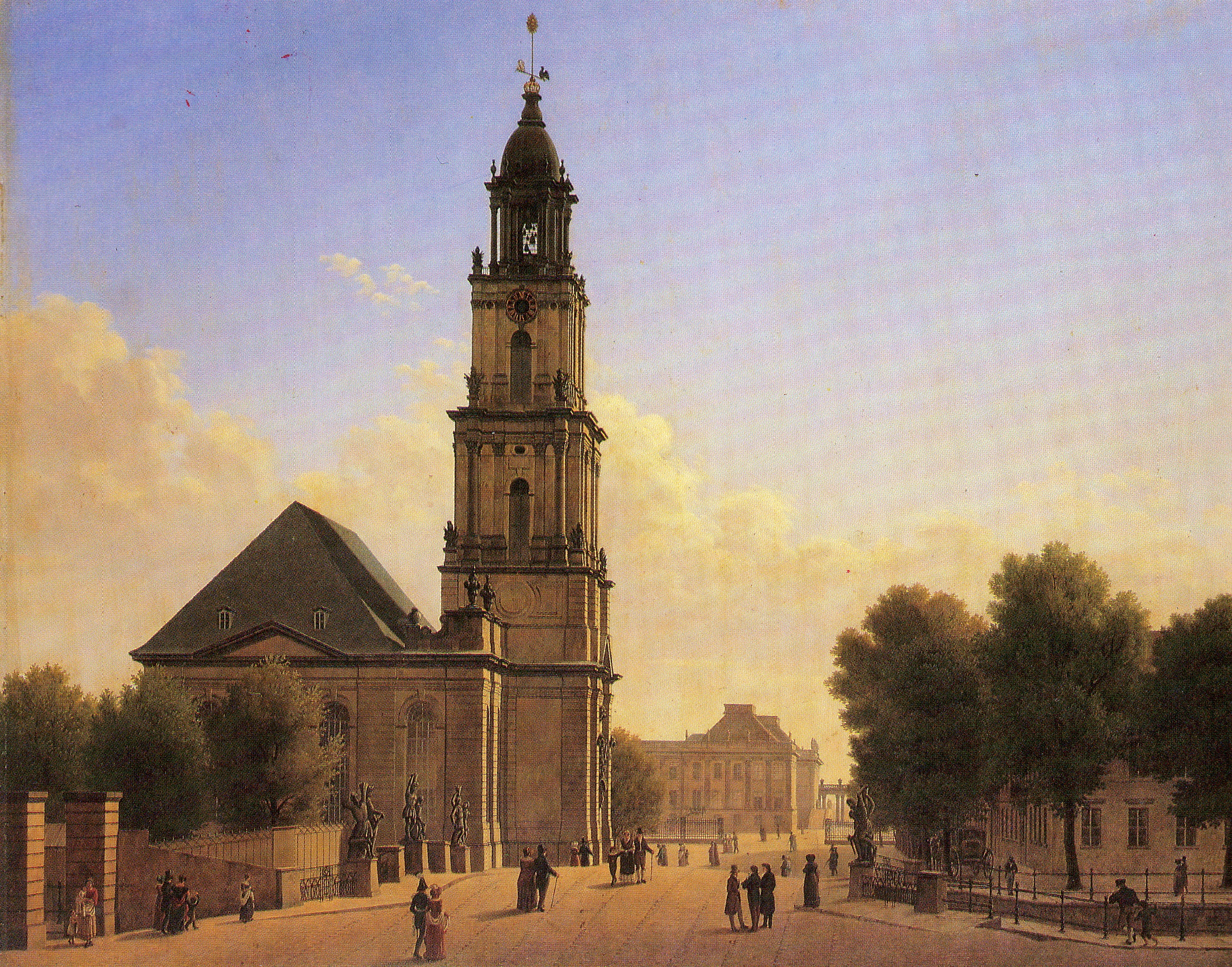 |
| Traditional Persian wedding table, on which every object has a symbolic (Zoroastrian) significance |
Because many of the guests, like us, had never been present at such an occasion before, there were moments during the ritual when we had it explained to us; much of it was simple to follow and self-explanatory. Dr. Delić had presence; he spoke with authority and had a musical voice. Sometimes he broke into song, in Arabic, chanting verses from the Quran.
As a priest would have done in an equivalent Christian ceremony, the imam gave a homily to the young couple. He listed the requisites of a good marriage, the first thing on the list being "tons of patience." He said: "Patience is like light. With it, you'll see better. Without it, you are just focussed on yourself." This was obviously said not only for the sake of the bridal pair but to all the couples present, young and old. "There is no room for anger in a good marriage. Anger is just one letter short of danger," he added, having mentioned that he also worked as a marriage guidance counsellor and that he was married himself. He seemed to be making no guarantee any marriage would succeed, although he did reassure us that when he had spoken to this particular couple, they had impressed him with the seriousness of their intentions; that boded well.
The next point he made is that we must have mercy on one another and forgive one other's shortcomings, in a marriage, because "we are only human." He quoted The Prophet: "Be merciful to those around you, and the One who is in Heaven will be merciful to you." (Which is the same as Jesus' message in the Sermon on the Mount: "If you forgive other people when they sin against you, your heavenly Father will also forgive you.") Be kind and generous to one another, said the imam with a smile, "In fact, it's compulsory!" Finally, he stressed that "Respect is a precursor of love," by which he meant true love, not mere sexual attraction. Therefore a married couple must respect one another and one another's origins. "It is essential that you see each set of parents as your own. Parents give their utmost to their children, so kindness to your parents is next to kindness to God. Be grateful."
Finally, another quotation from the Quran in Arabic, saying that a husband and wife are like one another's garments. This seems a puzzling comparison at first hearing, but the imam resorted to the Socratic method, asking the younger generation of the family: what does a garment do for you? It provides closeness, comfort, privacy and protection––a couple should compliment one another, should beautify one another. Thus, marriage is a chance to create Paradise in this world. It is not about who is the boss. It is about who is a good friend.
 The pair was asked, formally, if there were any legal reasons why they should not be married, and having denied this, they repeated the Arabic words of a "testimony of Faith" together. Only then did the brief, legal part of the ceremony take place ("Do you accept [...] as your lawful wife?"––"Yes." Do you accept [...] as your lawful husband? ––"Yes." "Are there witnesses present?"––"Yes.") followed by an Arabic prayer, the signing of the documents and the exchange of rings from a heart shaped box lying ready on the table. The imam then pronounced them wed, urging them "in sickness and in health ... in doubts and troubles" never to forget God.
The pair was asked, formally, if there were any legal reasons why they should not be married, and having denied this, they repeated the Arabic words of a "testimony of Faith" together. Only then did the brief, legal part of the ceremony take place ("Do you accept [...] as your lawful wife?"––"Yes." Do you accept [...] as your lawful husband? ––"Yes." "Are there witnesses present?"––"Yes.") followed by an Arabic prayer, the signing of the documents and the exchange of rings from a heart shaped box lying ready on the table. The imam then pronounced them wed, urging them "in sickness and in health ... in doubts and troubles" never to forget God.Then he prayed to God: "Grant them the inner spirit of beauty that never fails!" and turning to them, said, "May you be the best of friends, be exceptional citizens of Canada and of the world."
 |
| Farzaneh and Zein |



